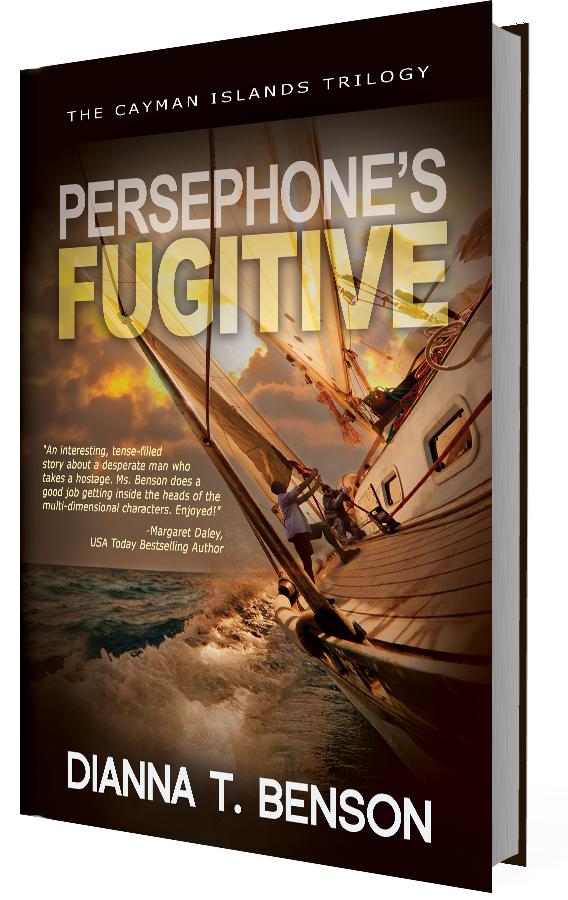Decompresion Illness
Posted by dtbAdmin on Apr 27, 2012 in Blog, Medical/EMS | 0 comments
If you ever write a scuba diver character, a deep sea diver, a search/rescue/recovery diver, a Navy submariner, etc., you’ll need to understand Decompression Illness (DCI), a serious illness caused by trapped nitrogen.
SCUBA (Self-Contained-Underwater-Breathing-Apparatus) divers breathe a purified air mixture of 79% nitrogen and 21% oxygen. The longer a diver is breathing this mixture and the deeper he/she descends, the more nitrogen will be absorbed by the body. A slow ascent and a safety stop at about thirty feet for three minutes, allows the diver to efficiently exhale the nitrogen. Dive tables set limits for dive times and depths. Decompression Illness is caused by tiny nitrogen bubbles forming (instead of being exhaled) and becoming trapped in the blood and tissues.
General Decompression sickness symptoms:
Factors that increase the risk of getting decompression illness: Dehydration prior to dive, stressful dive or rapid movements during dive, alcohol intake prior to diving, flying too soon prior or post diving, not following dive tables.
As every patient is different, every diver will have their unique combination of symptoms and reaction to both the illness itself and the treatment.
Decompression illness is treated by hyperbaric recompression chamber therapy. Only certain hospitals in the word have a hyperbaric chamber. The severity of the patient’s condition and his/her symptoms will decide the length of time the patient is treated inside the chamber.
Nitrogen narcosis is also caused by trapped nitrogen, but this is a simple fix and isn’t serious if resolved. The diver simply ascends to a shallower depth until his/her symptoms clear. Symptoms include: An altered state of awareness and gives the diver an intoxicated state of feeling, incoherent reasoning and confusion.




